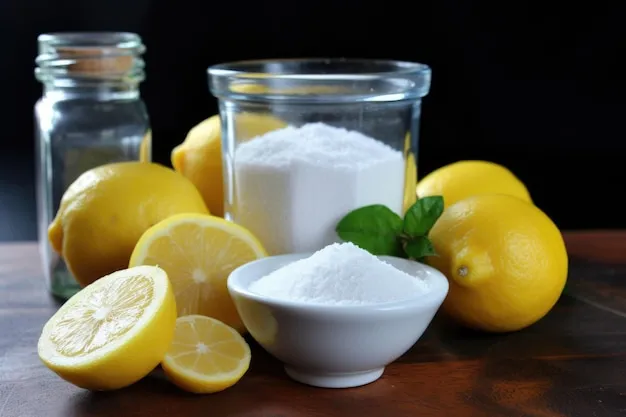What Is Baking Soda Teeth Whitening?
Baking soda, also known as sodium bicarbonate, has gained popularity as a natural teeth whitening agent. Many people turn to this readily available household ingredient as a cost-effective alternative to professional whitening treatments. The appeal lies in its abrasive properties, which can help remove surface stains and brighten the appearance of your smile. While baking soda can be effective for some, it’s essential to understand how it works and what to expect before incorporating it into your oral hygiene routine. The method involves creating a paste using baking soda and water, which is then applied to the teeth for a short period. However, it is important to be aware of potential risks and considerations. The goal is to achieve a brighter smile naturally and safely.
How Baking Soda Whitens Teeth
Baking soda works primarily through its mild abrasive action. When you brush with a baking soda paste, the tiny particles help to scrub away surface stains caused by things like coffee, tea, and certain foods. These stains reside on the enamel, the outer layer of your teeth. The abrasiveness of baking soda helps to dislodge these stains, revealing the naturally whiter enamel underneath. Baking soda also has a slightly alkaline pH, which helps neutralize acids in the mouth. These acids contribute to enamel erosion and can worsen staining over time. While it doesn’t bleach teeth in the same way that hydrogen peroxide does, the mechanical action and pH-balancing effects of baking soda contribute to a cleaner and brighter smile. It’s a gentle, but effective, way to improve the appearance of your teeth.
Baking Soda Teeth Whitening Guide
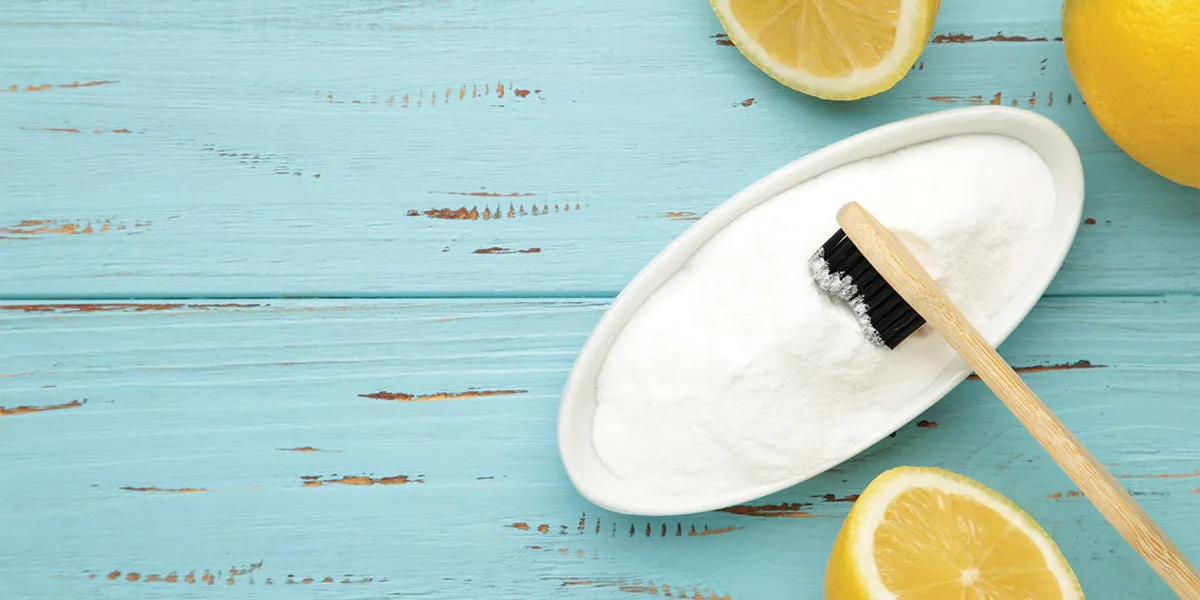
This guide will walk you through how to use baking soda for teeth whitening safely and effectively, focusing on the ‘without lemon’ method to avoid potential enamel damage. We’ll cover the necessary ingredients, step-by-step instructions, and important considerations to ensure you achieve the best results while protecting your oral health. The process involves mixing baking soda with water to create a paste, applying it to your teeth, and then brushing gently. Follow the instructions carefully, and consider the tips and recommendations to maximize the effectiveness of the technique and avoid potential side effects. This approach provides a practical and accessible method for those seeking a natural teeth whitening solution at home.
Ingredients You’ll Need
The beauty of baking soda teeth whitening lies in its simplicity and the minimal ingredients required. You only need a few readily available items. First and foremost, you’ll need baking soda itself; this is the active whitening agent. Ensure you’re using pure baking soda, not baking powder, as the latter contains additional ingredients. You will also require water; tap water is perfectly fine, but filtered water might be preferable. Finally, a soft-bristled toothbrush is essential. Using a soft brush minimizes the abrasive action on your enamel. Other optional ingredients include a small, clean bowl for mixing and a timer to keep track of the application time. These basics will get you started.
Step-by-Step Instructions
Follow these simple steps for effective and safe baking soda teeth whitening. Begin by mixing a small amount of baking soda with water to create a paste. The consistency should be similar to that of regular toothpaste; experiment with the amount of water until you get the right texture. Once you have your paste ready, apply a small amount to your toothbrush. Gently brush your teeth using circular motions. Brush for a maximum of two minutes. After brushing, rinse your mouth thoroughly with water. It’s essential to use the method in moderation, as excessive use can lead to enamel erosion. Repeat this process no more than once or twice a week for optimal results.
Mixing Baking Soda with Water

Achieving the right consistency when mixing baking soda and water is crucial for a successful and safe teeth whitening experience. Start by placing a small amount of baking soda, about a teaspoon, into a small bowl or container. Gradually add water, a few drops at a time, while stirring with your toothbrush or a clean utensil. The goal is to create a paste that is thick enough to stick to your toothbrush but not too gritty or watery. The paste should be similar in texture to toothpaste. Adjust the amount of water until you reach the desired consistency. It is important to remember to create a fresh paste each time you intend to whiten your teeth.
Application Techniques
Once you’ve prepared your baking soda paste, the application is key to its effectiveness. Dip your soft-bristled toothbrush into the paste, ensuring you don’t overload it; a thin layer is sufficient. Gently brush your teeth using small, circular motions. Focus on each tooth surface, paying particular attention to areas with visible staining. Avoid applying too much pressure, as this can be harsh on your enamel and gums. Brush for a maximum of two minutes to prevent over-abrasion. Ensure you reach all areas of your mouth, including the back teeth. After brushing, rinse your mouth thoroughly with water, making sure to remove all traces of the baking soda paste. Careful application maximizes results while minimizing potential risks.
Brushing Your Teeth Properly
The effectiveness of baking soda teeth whitening, as well as the overall health of your teeth, hinges on the proper brushing technique. Use a soft-bristled toothbrush to avoid damaging your enamel. Apply gentle, circular motions to each tooth surface, ensuring you cover all areas. Avoid applying excessive pressure, as this can erode enamel and irritate your gums. Brush for the recommended two minutes, using a timer to ensure you don’t overdo it. Pay attention to the gumline and the backs of your teeth, where plaque and stains can accumulate. After using baking soda, always rinse your mouth thoroughly with water to remove any residual paste. Consistent and careful brushing is essential for achieving the best results and maintaining healthy teeth.
Rinsing and Aftercare
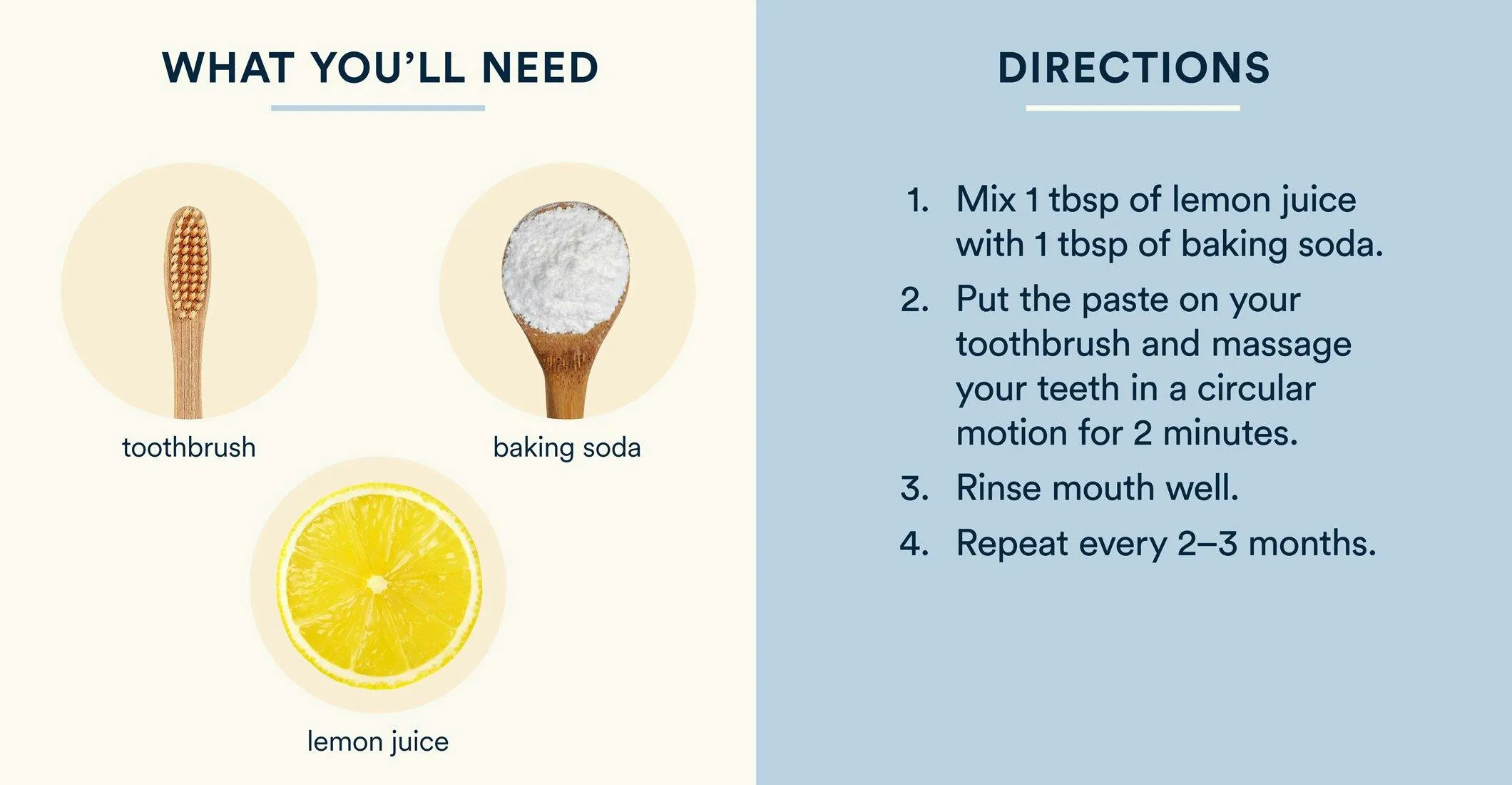
Proper rinsing and aftercare are vital steps in the baking soda teeth whitening process. After brushing with baking soda paste, rinse your mouth thoroughly with water to remove all traces of the mixture. Ensure that no baking soda residue remains on your teeth or gums, as this can cause irritation. You may also rinse with regular mouthwash after the baking soda treatment; this helps to further clean your mouth and freshen your breath. It’s a good practice to follow up with your regular oral hygiene routine, including flossing and brushing with your everyday toothpaste. This helps to prevent any potential side effects of the baking soda treatment. Consistent aftercare ensures you protect your teeth and gums.
Benefits of Baking Soda Teeth Whitening
Baking soda offers several advantages as a teeth whitening method. It is a cost-effective solution, utilizing a readily available household ingredient instead of expensive commercial products or professional treatments. The mild abrasive action helps to effectively remove surface stains, revealing a brighter smile. Many find it to be a gentle option for their teeth compared to some harsher whitening methods. The slightly alkaline nature of baking soda helps to neutralize acids in the mouth, which can contribute to enamel erosion and worsen staining. These acids are produced by foods, drinks, and bacteria. Baking soda helps create a healthier oral environment. Overall, the method provides an accessible and affordable approach for those looking to enhance their smile.
Cost-Effective Whitening
One of the significant advantages of using baking soda for teeth whitening is its cost-effectiveness. Compared to professional whitening treatments or expensive over-the-counter products, baking soda is incredibly affordable. A box of baking soda typically costs only a few dollars and lasts for a long time, making it a budget-friendly option for maintaining a brighter smile. This accessibility is particularly appealing to those looking for a natural and economical approach to dental care. You can achieve noticeable results without breaking the bank. The ability to whiten your teeth at a fraction of the cost of other methods makes baking soda a practical choice for many individuals.
Gentle on Enamel
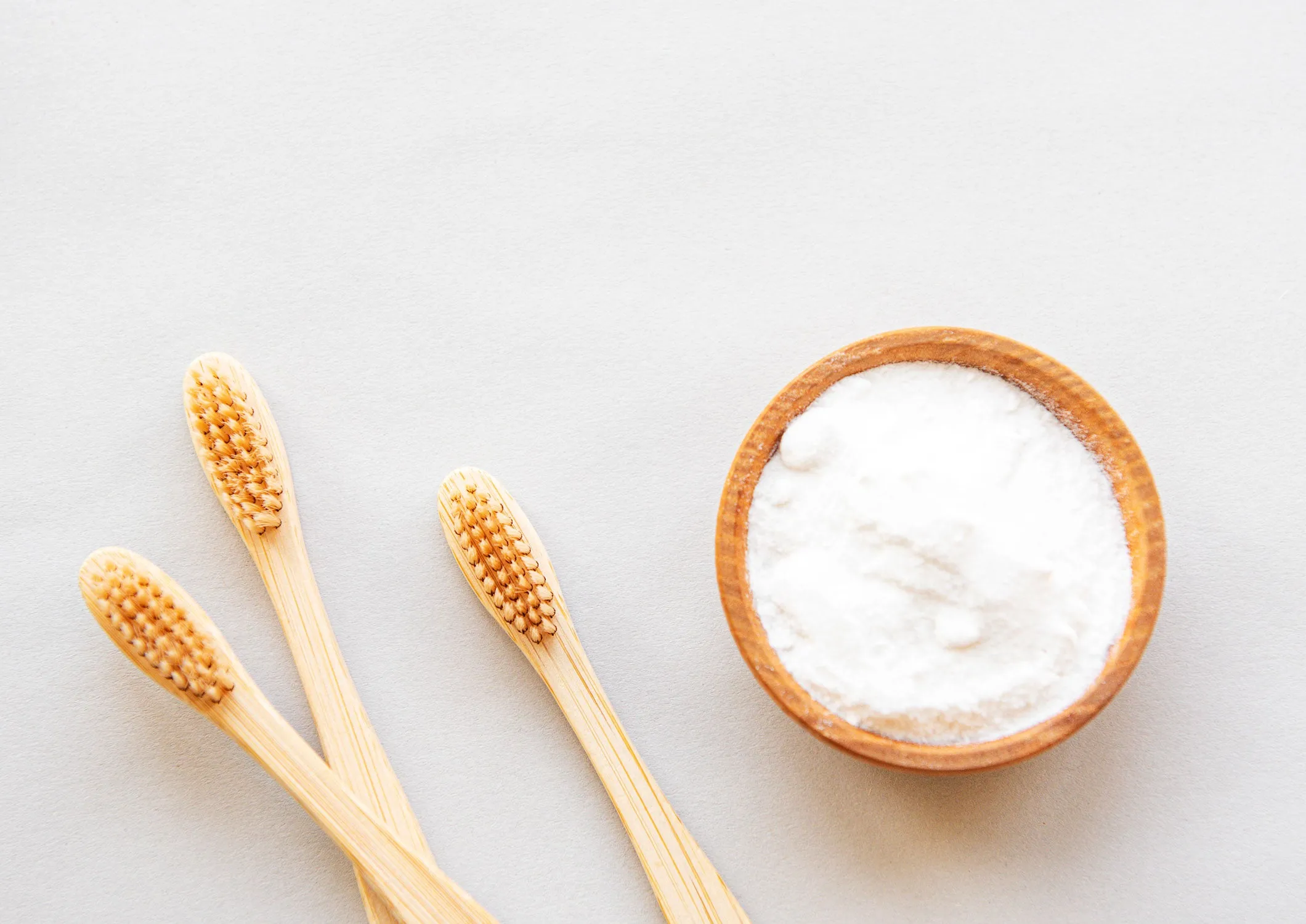
When used correctly, baking soda is relatively gentle on tooth enamel. Its mild abrasive properties help remove surface stains without causing significant damage. Compared to more abrasive whitening products or aggressive brushing techniques, baking soda is considered a safer option. This is especially true when the brushing is done with a soft-bristled toothbrush and for a limited time. However, it’s crucial to use baking soda in moderation, as overusing it can lead to enamel erosion. Always prioritize gentle brushing and adhere to recommended usage guidelines to ensure the protection of your enamel while still achieving the desired whitening effects. The key is balance.
Potential Risks and Considerations
While baking soda offers several benefits, it’s essential to be aware of potential risks and considerations before incorporating it into your oral hygiene routine. Excessive use can lead to enamel erosion, which increases the risk of cavities and tooth sensitivity. The abrasive nature of baking soda can also irritate the gums, causing inflammation and discomfort. People with sensitive teeth or pre-existing dental issues should exercise caution and consult their dentist before using baking soda for whitening. Monitoring your teeth for any changes and adjusting your usage accordingly is crucial. Understanding the potential drawbacks helps you to make informed decisions and take care of your dental health.
Sensitivity and Irritation
One of the potential side effects of baking soda teeth whitening is increased tooth sensitivity. The abrasive nature of baking soda can wear down the enamel over time, exposing the underlying dentin. This can lead to heightened sensitivity to hot, cold, sweet, or sour foods and drinks. Some people may also experience gum irritation, including redness, swelling, or bleeding. If you notice any of these symptoms, it is important to reduce the frequency of your baking soda treatments or discontinue them altogether. If the sensitivity or irritation persists, consult your dentist. Prioritizing your comfort and oral health is key, and sometimes, other alternatives are better suited to your needs.
Alternatives to Baking Soda
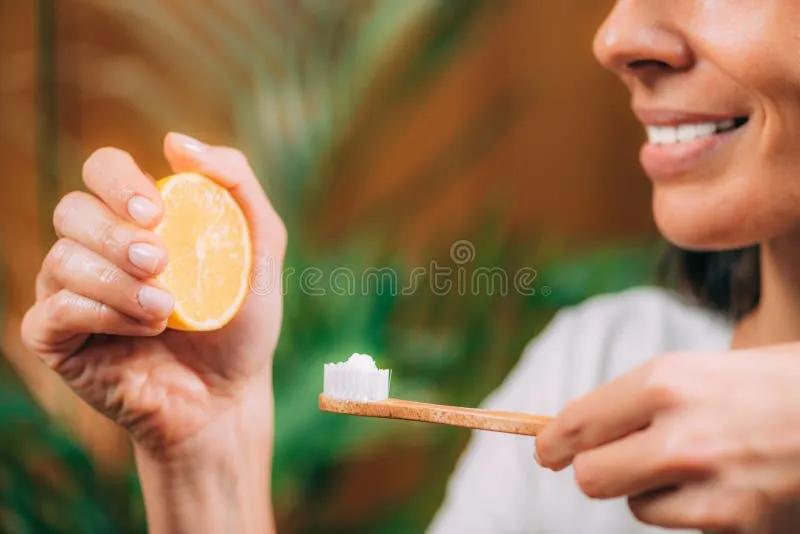
If you’re seeking alternatives to baking soda for teeth whitening, several options can help you achieve a brighter smile. Over-the-counter whitening toothpaste, containing ingredients such as hydrogen peroxide, can effectively remove stains and brighten teeth. Whitening strips, another popular choice, are easy to use and provide visible results. For those preferring a more natural approach, some people explore coconut oil pulling, which may help to remove bacteria and reduce plaque. Activated charcoal, known for its absorbent properties, can also be used to whiten teeth, though its effectiveness is still debated. Consulting with your dentist is recommended to determine the best alternative to fit your oral health needs.
Using Coconut Oil
Coconut oil pulling is another natural method gaining popularity as a teeth whitening technique. The process involves swishing a tablespoon of coconut oil in your mouth for 15-20 minutes daily. The idea is that the oil helps to remove bacteria and toxins, which can contribute to stains and discoloration. While scientific evidence supporting coconut oil pulling for teeth whitening is limited, many people report positive results, including a brighter and cleaner feeling mouth. The oil also helps to moisturize the gums and reduce inflammation. It’s important to remember that this is not a quick fix; results may take several weeks or months to become noticeable. Coconut oil pulling is a gentle and natural approach that can be used in conjunction with other oral hygiene practices.
Using Activated Charcoal
Activated charcoal is another alternative to baking soda, used for its absorbent properties. It’s believed to bind to stains and impurities on the teeth’s surface, effectively removing them. To use activated charcoal, you can either buy a toothpaste containing it or mix a small amount of activated charcoal powder with water to create a paste. Brush your teeth with the paste for a couple of minutes, then rinse thoroughly. While some people report seeing positive results, scientific evidence supporting the teeth-whitening effects of activated charcoal is still limited. Be cautious, as activated charcoal can be abrasive and potentially damage enamel if used excessively. It is also important to note that the black color of the charcoal can be messy.
Frequently Asked Questions
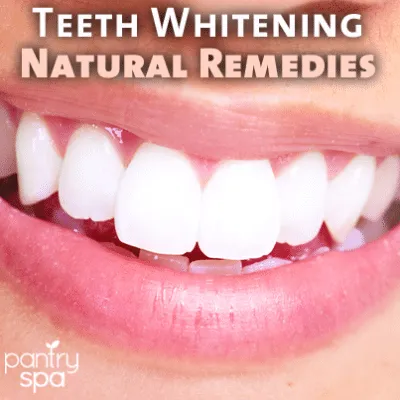
Here are some frequently asked questions about baking soda teeth whitening to help you better understand the process. This section addresses common queries about safety, effectiveness, and usage. The goal is to clarify any doubts or misconceptions and provide you with comprehensive information. Here is the FAQ about baking soda teeth whitening.
How Often Should I Use Baking Soda?
It is essential to use baking soda for teeth whitening in moderation. Due to its abrasive nature, overusing baking soda can lead to enamel erosion and increase tooth sensitivity. The general recommendation is to use it once or twice a week at most. Listen to your teeth and gums. If you notice any signs of sensitivity, irritation, or changes in your teeth, reduce the frequency or discontinue use. It’s always best to err on the side of caution. Regularly monitor your oral health and consult your dentist if you have any concerns. Adhering to these guidelines helps ensure you benefit from baking soda’s whitening properties while protecting your teeth.
Can Baking Soda Damage My Teeth?
Yes, baking soda can potentially damage your teeth if used improperly or excessively. While it’s a mild abrasive, overuse can lead to enamel erosion, which can make your teeth more vulnerable to cavities and sensitivity. Aggressive brushing with baking soda can also harm the gums, causing irritation and inflammation. It’s crucial to use baking soda in moderation, brush gently with a soft-bristled toothbrush, and not apply too much pressure. Any changes to your oral health should be discussed with your dentist. Following these guidelines will help minimize the risk of damage while still achieving some whitening benefits.
Does Baking Soda Whiten Yellow Teeth?
Baking soda can help to whiten teeth that are yellowed due to surface stains. It’s effective at removing stains caused by coffee, tea, and other foods and beverages. However, baking soda is less effective on intrinsic stains, which are stains within the tooth structure. These types of stains are often caused by genetics, aging, or certain medications. The extent of whitening that can be achieved with baking soda varies from person to person, depending on the cause of the discoloration and the frequency of use. People with severe staining may not see dramatic changes. Always consult with your dentist to determine the best approach for achieving a brighter smile.
